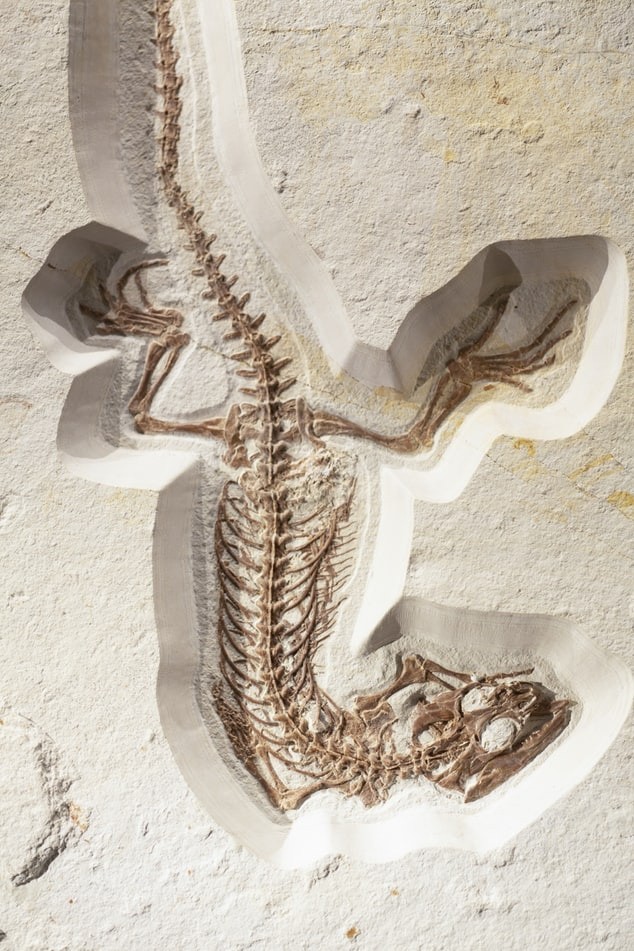
Another feathered dinosaur species was discovered this week in China by a team of Chinese and American paleontologists. This find is considered one-of-a-kind because it is actually a window into what the planet looked like 120 million years ago. The fossil comes with completely preserved feathers and bones that give insight and new information on the growth of dinosaurs and how are they different from modern birds.
Dr. Ashley Poust analyzed the specimens back when he was a student at Montana State University and at the University of California, Berkeley. He explains that this new dinosaur species fits in with all the previously discovered feathered dinosaurs that closely related to the origin of birds. For paleontologists like Dr. Poust, studying these specimens not only show the surprising paths that ancient life has taken but also challenges scientists to test their theories on how the important bird characteristics -- especially flight -- evolved and came to be.
The newly-discovered dinosaur was named Wulong bohaiensis after the Chinese word Wulong or "the dancing dragon" referring to the position of the fossilized dinosaur.
DISCOVERY OF THE DINOSAUR
Like all stories of fossil discovery, the specimen of the Wulong bohaiensis was found by a farmer in China more than ten years ago in the fossil-rich Jehol province of China. It was then transported to the northeastern Chinese province of Liaoning and housed among the collection of The Dalian Natural History Museum. Dr. Poust analyzed the skeletal bones alongside Dr. Varricchio of Montana State University.
The fossil is larger than the modern crows and smaller than a raven. It also exhibited a long, bony tail and a narrow face filled with sharp teeth. The bones of the Wulong bohaiensis are thin and small and it is covered with feathers and has a wing-like array o both arms and legs. Its bony tail also has two long plumes on its end. This newly-discovered dinosaur is one of the earliest relatives of the famous Velociraptor who lived 75 million years ago. The closest relative of the Wulong bohaiensis is the Microraptor, a small four-winged dinosaur ancestor of the modern birds.
This discovery of the new species of paravian dinosaur is important not only because it describes something new but also because it gives an idea of how deeply connected dinosaurs and birds are. According to Poust, the presence of feathers on the specimen's limbs and tail are similar to adult birds. However, the specimen is also showing signs that it could be a juvenile. To be able to understand this contradiction, Poust and his colleagues examined the cut-up bones of the dinosaur under a microscope in a technique called bone histology. This technique is new to paleontology, however, it's kind of difficult to convince museums to let researchers cut parts of a skeleton. Luckily for Poust, his co-authors at the Dalian Natural History Museum allowed them to do bone histology not only on Wulong but to its close relative, the Sinornithosaurus.
According to the results of the bone histology, the newly-discovered dinosaur is, indeed, a juvenile, meaning some dinosaurs acquired mature feathers before reaching adulthood unlike in modern birds. "Either the young dinosaurs needed the tail feathers for some function that we still don't know about or they were growing these feathers differently from birds," Post said.
Meanwhile, the Sinornithosaurus that the team sampled did not reach adulthood either and this came as a welcome surprise to the researchers. The bone tissue present inside the dinosaur lacked an External Fundamental System which is a structure outside the bone that is only present when vertebrates reach their full size. The Sinornithosaurus, which was older than Wulong, was large and had adult-looking bones and of course, one would assume that it is mature until bone histology proved them wrong.
© 2025 ScienceTimes.com All rights reserved. Do not reproduce without permission. The window to the world of Science Times.










